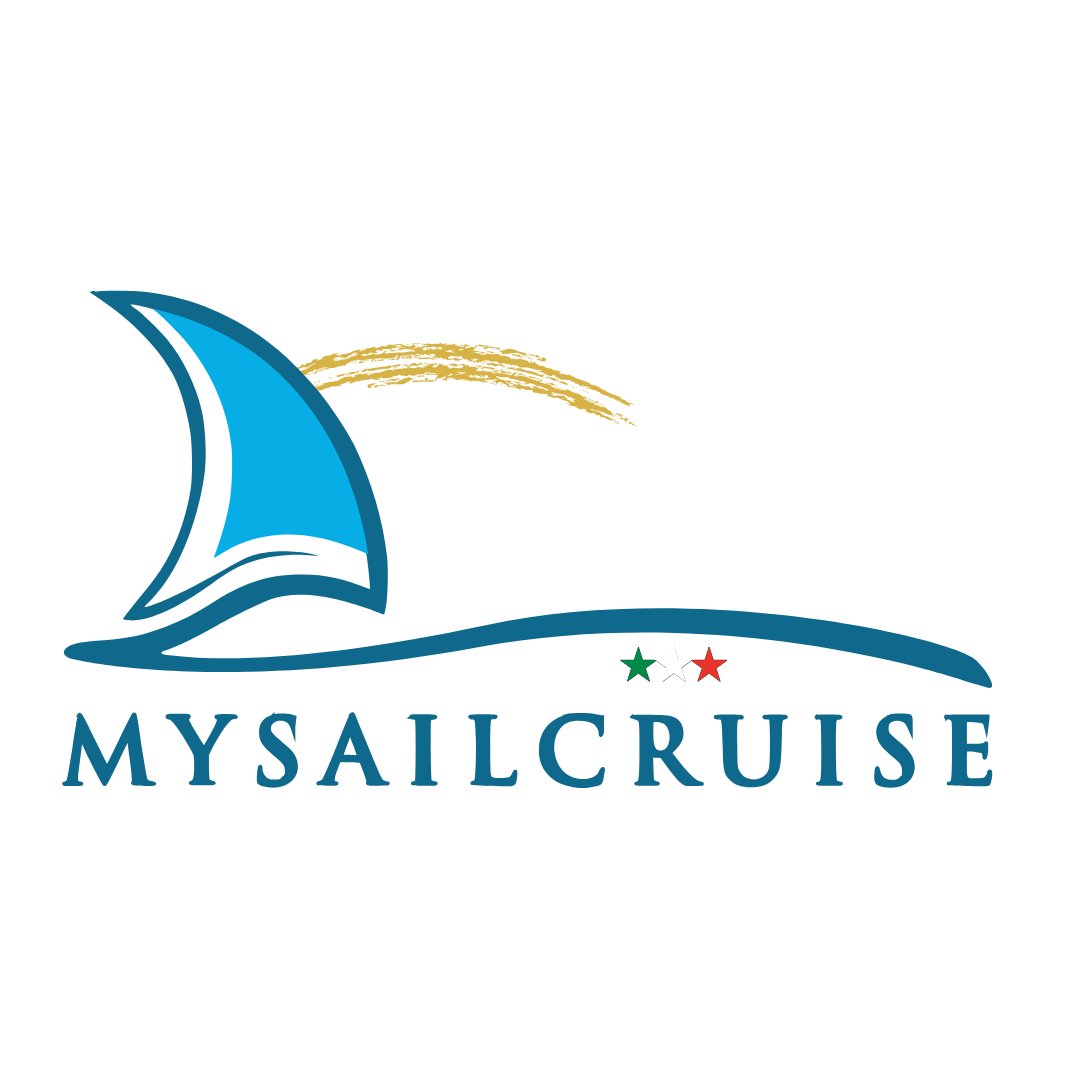Boat license
Boat license – preparatory course
(both sailing and motor, limited and without limits of distance from the coast)
To date, the students who have decided to take the exam to obtain a boat license at the end of the course have been numerous with excellent results.
The course currently has a duration of about 4 months, starting in the autumn period with a maximum attendance of 20 students and is structured with twice-weekly theory meetings (approximately from 19.00 to 21.00) and boat trips at the weekend for practical tests (approximately on Saturday from 14.30 to 17.30 and on Sunday from 10.00 to 13.00 and at least one weekend, with overnight stays on the boat from Saturday morning to Sunday afternoon).
The course will be held by a staff of qualified experts such as: former Long Course Commanders, Federal Instructors (FIV), mechanics and electricians in the sector, etc.
PROGRAM
- Elements of nomenclature theory of a vessel;
basic principles of boat operation;
Sailing balance (sail center); - Watch shifts and crew management on long voyages
- Sail theory (true wind, wind speed, apparent wind, sailing center, center of drift,
- Rigging and maneuvering of sailing units
- Types of propeller and rudder and their effects.
- Notes on buoyancy and stability. – Thrust and gravity centers of pleasure boats.
- Operation of internal combustion and diesel engines;
- Irregularities and small breakdowns that may occur during their operation and how to remedy them;
- Calculation of range in relation to engine power and the residual amount of fuel.
- Water and electricity system
- Safety regulation with particular reference to:
1) type of visits and their frequency;
2) life-saving equipment and safety equipment, in relation to the distance from the coast;
fire and explosion prevention - Knowledge of fire systems;
- Measures to be taken in the event of a maritime accident (fire – leak – collision – stranding man at sea);
- Measures for the safety of people on board in the event of a maritime accident and abandonment of ship
- Precautions to be taken in case of navigation in bad weather;
assistance and rescue – First aid medicine kit - Rescue signals and their meaning;
ì - Regulations to avoid collisions at sea and circulation rules in inland waters;
- Precautions near the coast or bodies of water where other nautical activities take place (swimming – water skiing – underwater fishing, etc.);
- Notes on meteorology in general – Atmosphere: pressure, temperature, humidity and measuring instruments – Winds – Currents – Reading the weather map; Marine Weather Reports – Local weather forecasts;
- Geographical coordinates: latitude and longitude difference – increasing latitudes;
b) Orientation and wind rose;
c) Elements of terrestrial and naval magnetism;
d) Magnetic compasses: compensation and table of residual deviations;
e) Heading – Course – Correction and conversion – Effect of wind and current;
f) Concept of great circle and rhumb line.
g) Elements of astronomy: recognition of the North Star – Elements on the measurement of the height of the stars and of the angles with the use of the sextant and with the use of the nautical ephemeris; (1)
h) Dead reckoning: time – space – speed.
i) Coastal navigation: resolution of related problems even in the presence of wind and current;
m) Notes on on-board radio equipment and their use;
n) Radionavigation – Hyperbolic and satellite navigation systems;
o) Time zones: calculation of local time;
p) Nautical charts, various representations and use – Nautical publications;
r) Radiotelephone communications and related procedures. - Laws and regulations governing pleasure boating – Navigation Code as regards pleasure boating with particular reference to:
1) the master of the ship: duties and responsibilities;
2) attributions of the maritime and inland navigation Authority – Power of ordinance;
3) documents to be kept on board the pleasure boats;
b) Discipline of water skiing.
c) Notes on the leasing and chartering of pleasure boats.
PRACTICE
- At least one weekend and 5 boat trips will take place, leading the student to steer the boat at different speeds, carrying out the necessary maneuvers promptly and with the ability to act, i.e. he/she will have to: Steer a boat at various speeds;
- Know how to moor;
Taken at the buoy - Know how to reef
- Know the problems of managing a boat
- Adjusting the sails on a cruise;
- I use headsails;
- Recovery man overboard sail and motor;
- necessary preparations to face bad weather
- mooring and unmooring
- the use of technical navigation equipment
- use of safety equipment and life-saving and fire-fighting means.
- Know how to moor;
